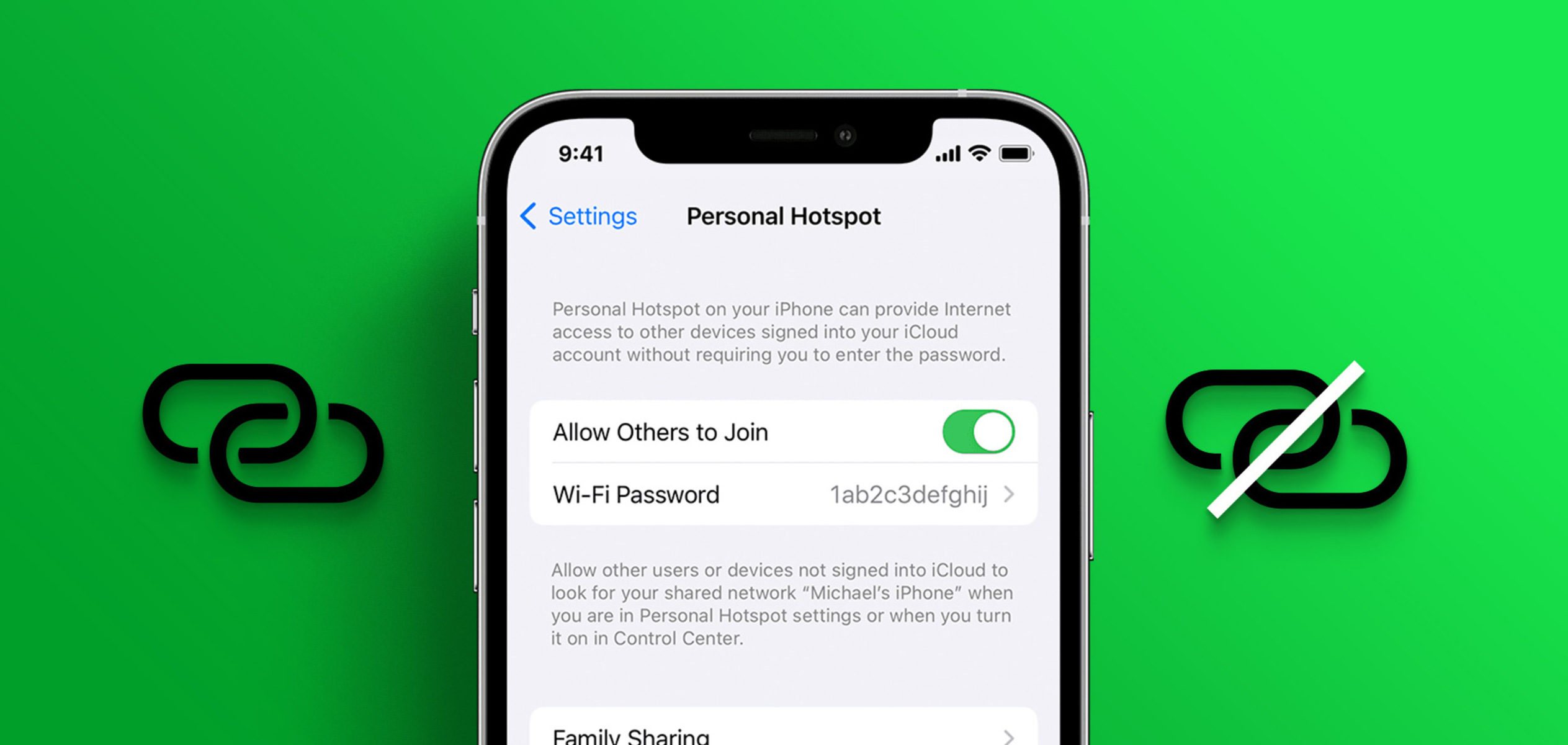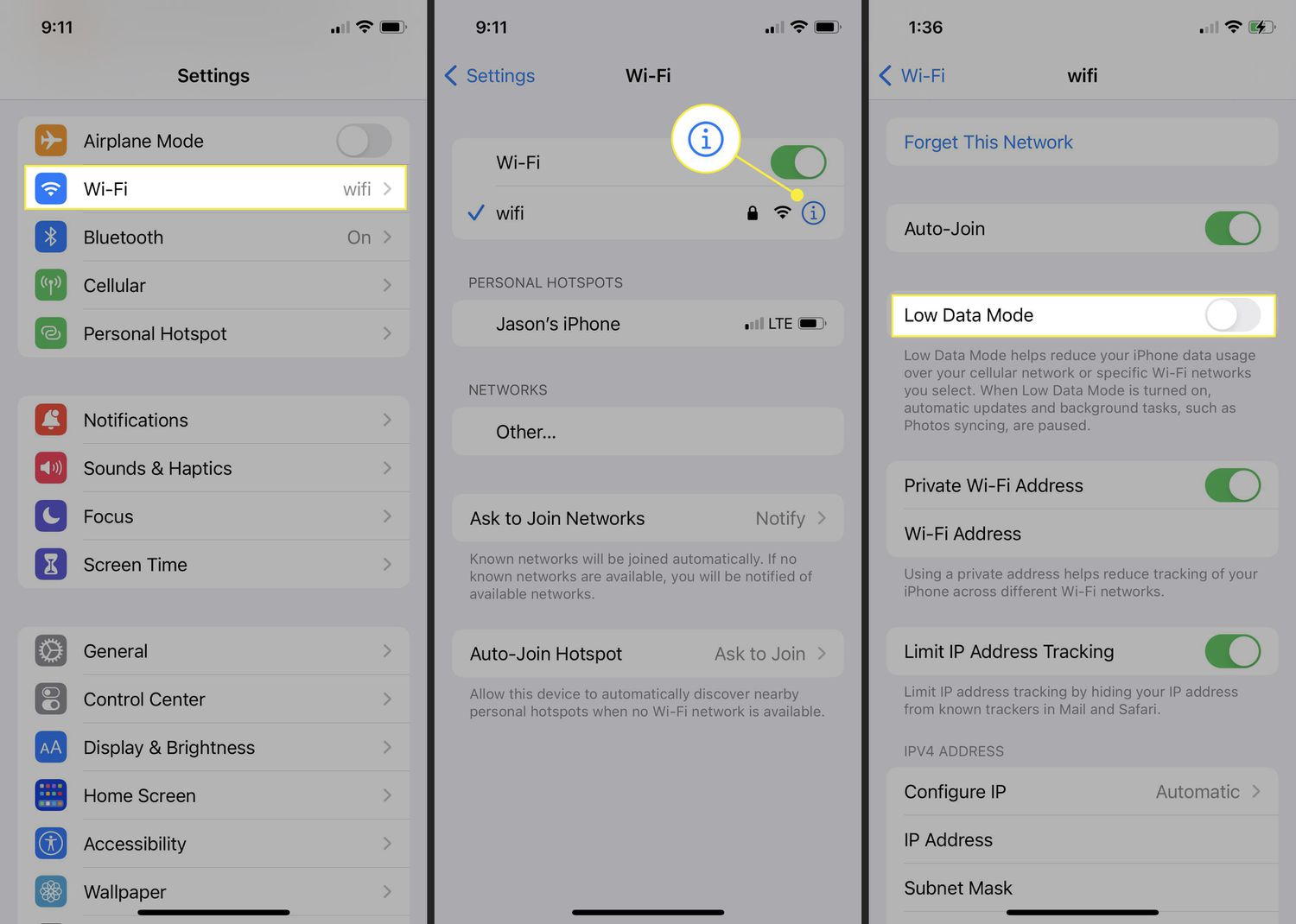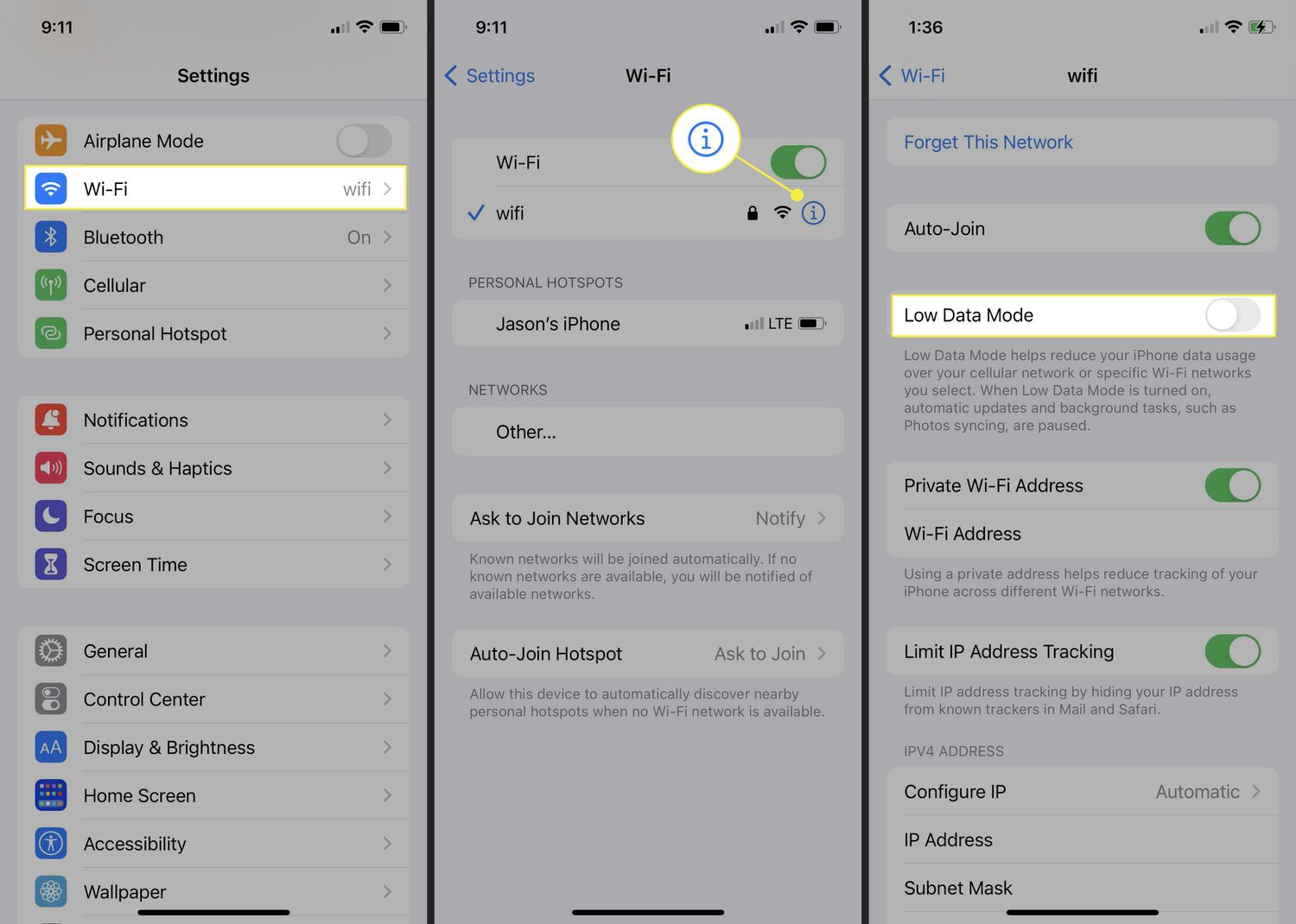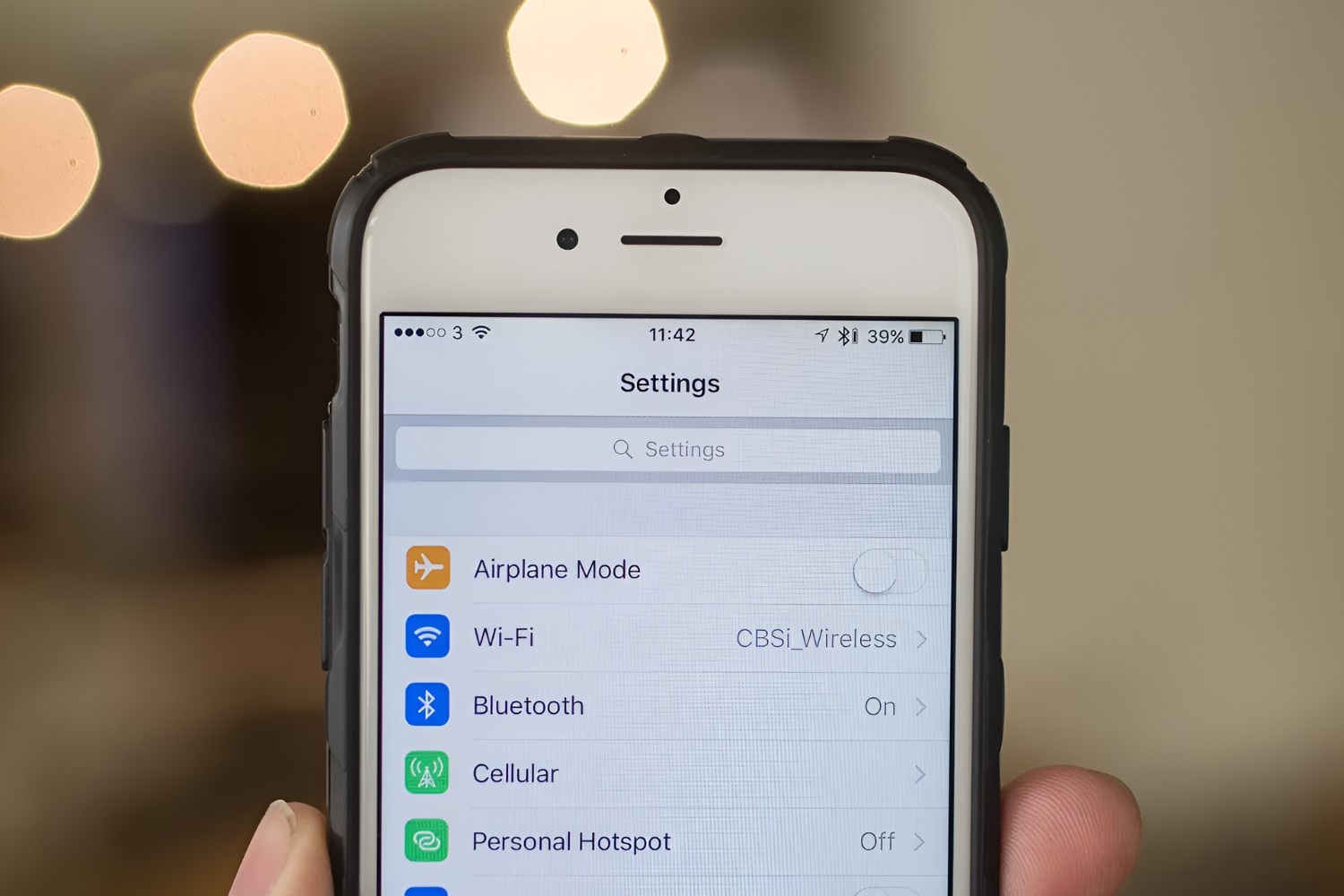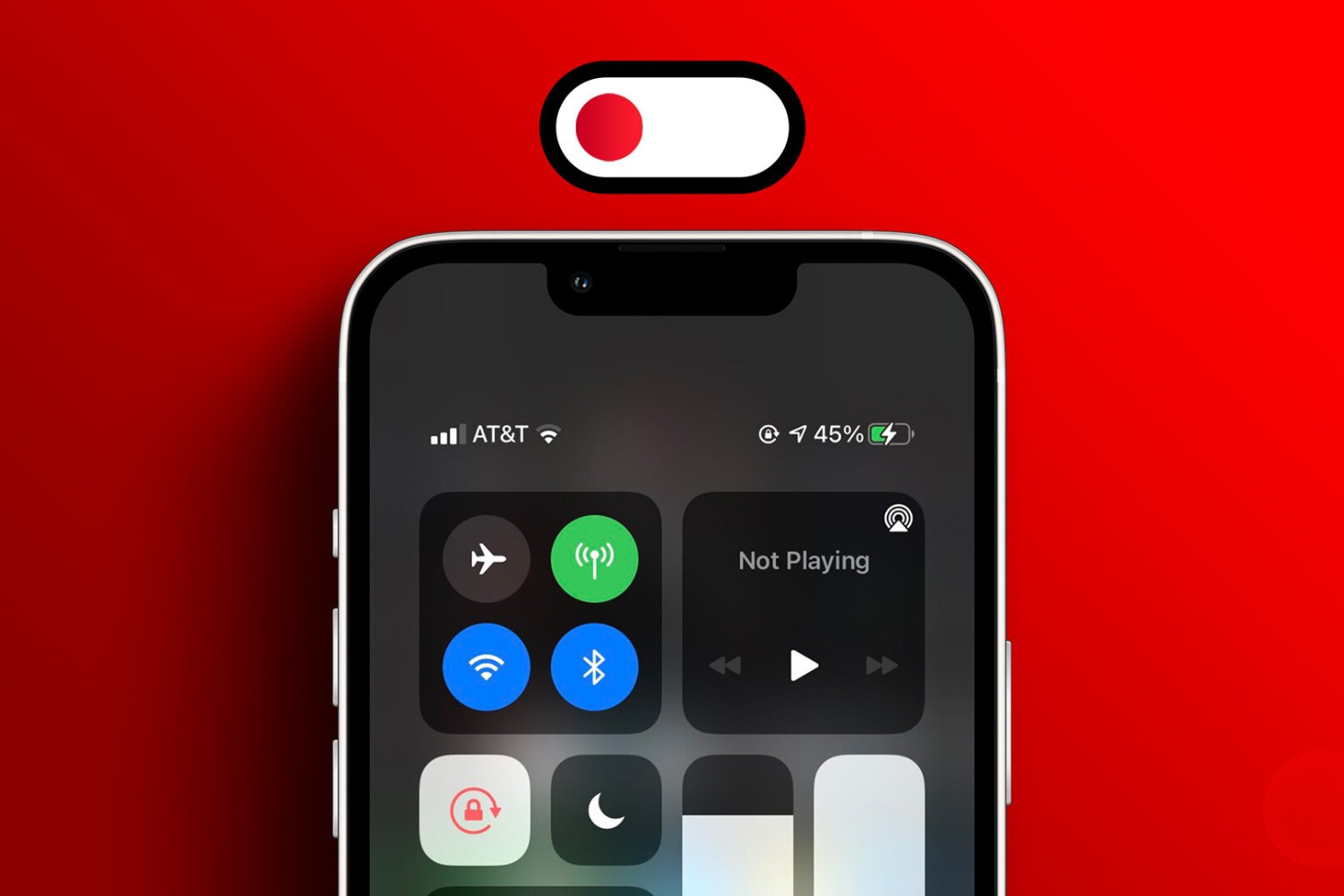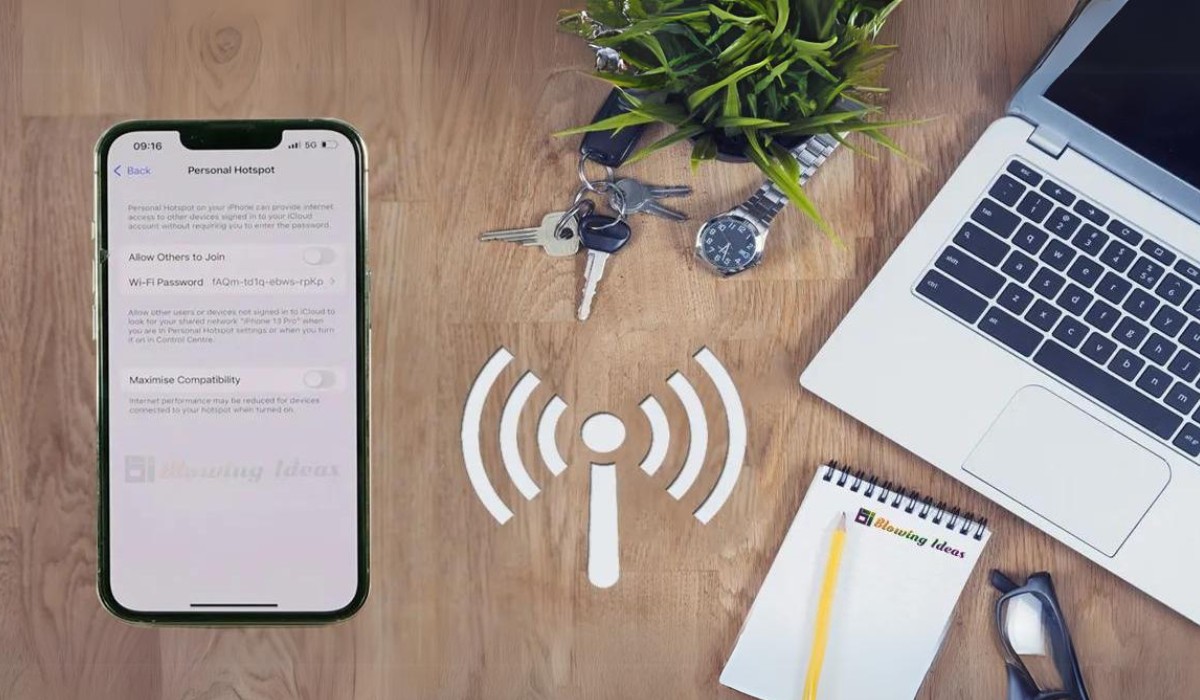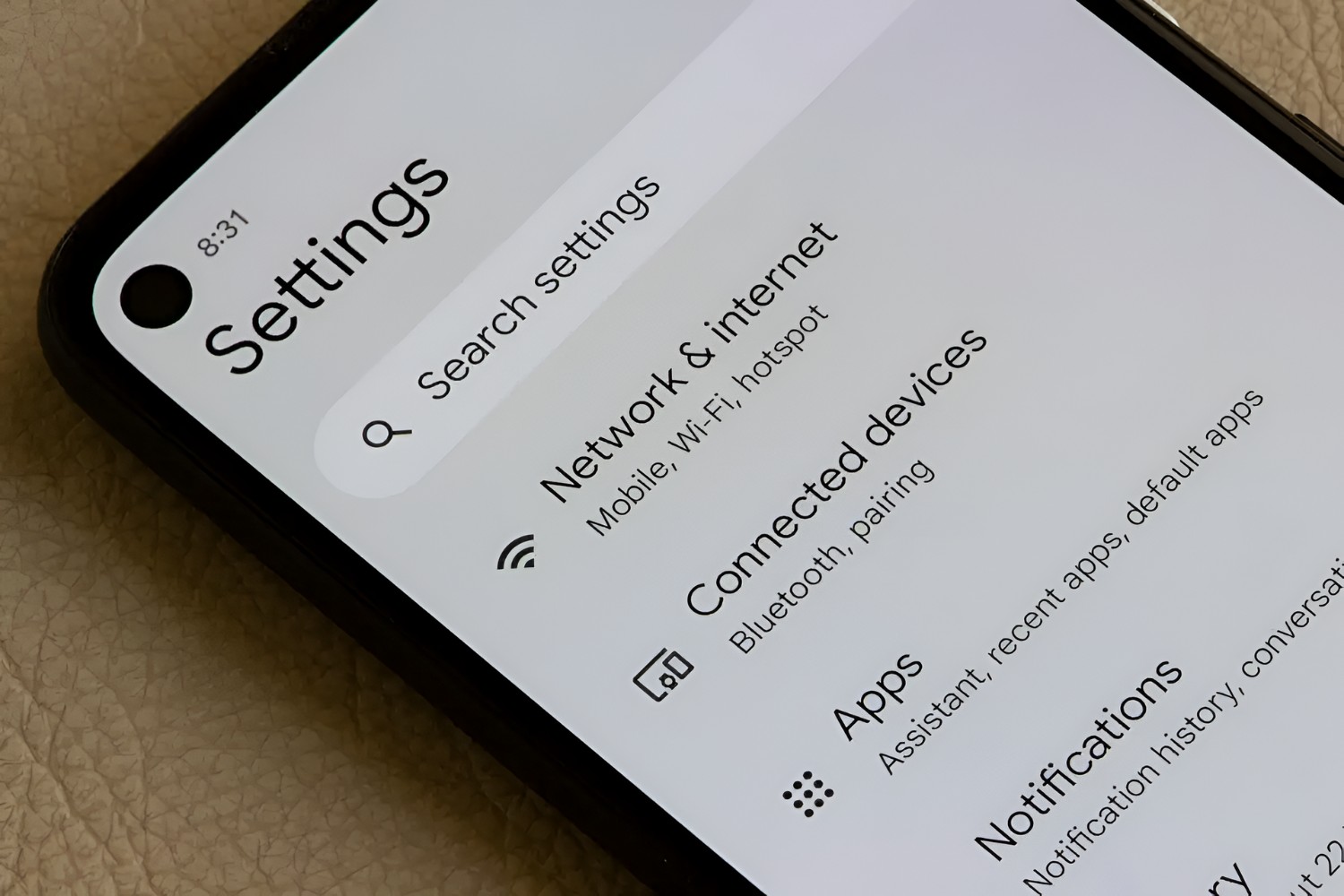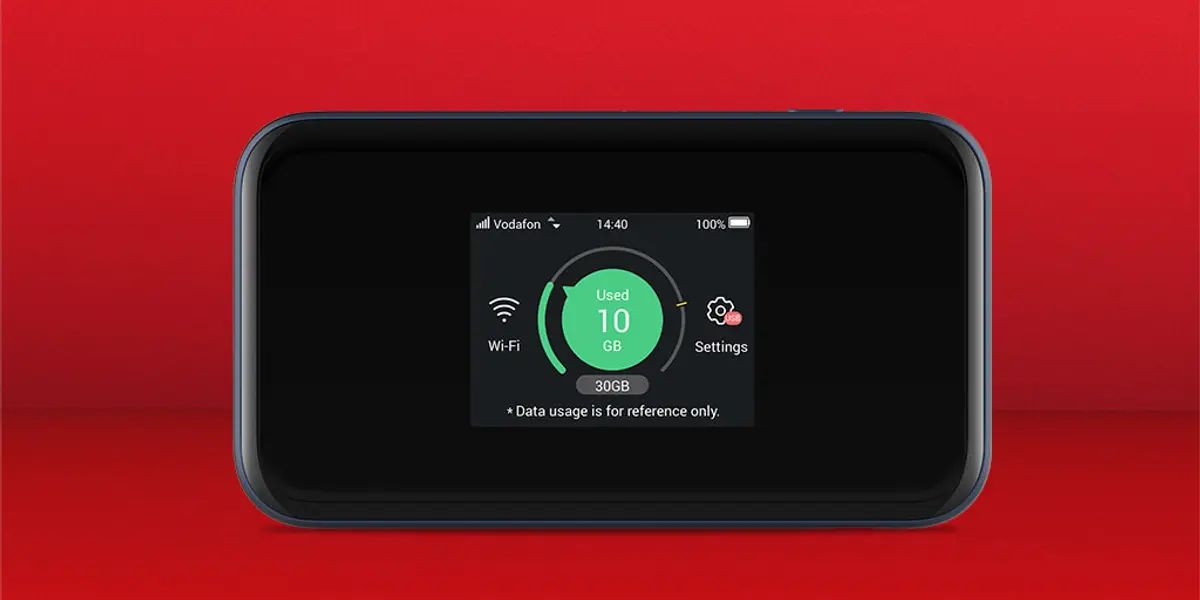Introduction
In today's fast-paced digital world, staying connected is a necessity. Whether it's for work, entertainment, or keeping in touch with loved ones, the ability to access the internet on-the-go has become increasingly important. However, there are situations where data usage needs to be carefully managed, especially when using a mobile hotspot. This is where the concept of Low Data Mode Hotspot comes into play.
As technology continues to evolve, mobile devices have become indispensable tools for accessing the internet. With the rise of remote work and the increasing demand for flexibility, the use of mobile hotspots has become a common practice. However, excessive data usage can lead to unexpected charges and may not always be feasible, especially in situations where data conservation is crucial.
Understanding the intricacies of Low Data Mode Hotspot can significantly impact how individuals manage their data consumption while utilizing a mobile hotspot. This setting offers a viable solution for those seeking to optimize their data usage without compromising on connectivity. By delving into the details of Low Data Mode and its implications on hotspot functionality, individuals can make informed decisions that align with their specific data management needs.
In the subsequent sections, we will explore the fundamentals of Low Data Mode, its impact on hotspot functionality, the benefits of using this setting, and the step-by-step process for enabling Low Data Mode Hotspot. By the end of this article, readers will have a comprehensive understanding of how Low Data Mode can be leveraged to achieve efficient data management without sacrificing the convenience of mobile hotspot connectivity.
What is Low Data Mode?
Low Data Mode is a feature available on iOS devices that allows users to reduce their data usage by limiting background network activity and certain system processes. When enabled, Low Data Mode helps conserve data by pausing automatic updates, reducing the quality of video and audio streaming, and minimizing the frequency of background app refreshes. This feature is designed to provide users with greater control over their data consumption, particularly in situations where data conservation is a priority.
By activating Low Data Mode, users can effectively manage their data usage without compromising the core functionality of their devices. This feature is particularly beneficial for individuals with limited data plans or those seeking to avoid excessive data charges. Whether it's browsing the web, streaming media, or using apps, Low Data Mode optimizes data usage without significantly impacting the overall user experience.
One of the key aspects of Low Data Mode is its adaptability to various network conditions. When enabled, this feature intelligently adjusts the behavior of apps and system processes to operate more efficiently in low-data environments. This adaptability ensures that essential tasks, such as receiving important notifications and accessing critical services, remain unaffected while conserving data in the background.
Furthermore, Low Data Mode is not limited to cellular data usage; it can also be applied to Wi-Fi connections. This versatility allows users to exercise greater control over their data usage across different network types, providing a seamless and consistent experience regardless of the connection being utilized.
In essence, Low Data Mode empowers users to make informed decisions about their data consumption, offering a practical solution for managing data usage without sacrificing connectivity. As the digital landscape continues to evolve, the ability to optimize data usage has become increasingly important, and Low Data Mode serves as a valuable tool in achieving this objective.
By understanding the functionality and benefits of Low Data Mode, users can leverage this feature to ensure efficient data management across their devices, including its impact on the functionality of mobile hotspots, which we will explore in the following section.
How does Low Data Mode affect Hotspot?
When Low Data Mode is enabled on a device that is serving as a mobile hotspot, it directly influences the data usage and connectivity experience of the devices connected to the hotspot. The impact of Low Data Mode on the hotspot functionality is twofold, encompassing both the data consumption of connected devices and the overall network performance.
Firstly, Low Data Mode optimizes the data usage of devices connected to the hotspot by implementing similar data-conserving measures as those applied to the host device. This means that background network activity, automatic updates, and certain data-intensive processes are limited, ensuring that the connected devices operate in a more data-efficient manner. For example, app refreshes, background downloads, and system updates on connected devices are adjusted to align with the principles of Low Data Mode, resulting in reduced data consumption without compromising essential functionality.
Secondly, the impact of Low Data Mode extends to the overall network performance of the hotspot. By regulating data usage and prioritizing essential tasks, Low Data Mode contributes to a more stable and efficient network environment. This is particularly beneficial in scenarios where multiple devices are connected to the hotspot, as the optimized data usage helps prevent network congestion and ensures a smoother connectivity experience for all users.
Furthermore, the adaptability of Low Data Mode to different network conditions ensures that the hotspot maintains its functionality and reliability, even in low-data environments. This adaptability is essential for preserving the core connectivity features of the hotspot while promoting efficient data management across all connected devices.
In essence, Low Data Mode positively influences the hotspot by promoting data efficiency, enhancing network stability, and facilitating a more controlled data consumption environment for connected devices. By integrating the principles of Low Data Mode into the hotspot functionality, users can effectively manage their data usage while ensuring a consistent and reliable connectivity experience for all devices utilizing the hotspot.
Understanding how Low Data Mode affects the hotspot is crucial for individuals seeking to optimize their data usage without compromising on the convenience and flexibility of mobile hotspot connectivity. With a clear comprehension of this impact, users can make informed decisions about enabling Low Data Mode on their devices when serving as hotspots, ultimately leading to more efficient data management and enhanced connectivity experiences.
Benefits of using Low Data Mode Hotspot
Enabling Low Data Mode on a mobile hotspot offers a myriad of benefits, aligning with the overarching goal of efficient data management and reliable connectivity. By incorporating the principles of Low Data Mode into the hotspot functionality, users can experience significant advantages that cater to their data conservation needs while ensuring a seamless connectivity experience for all connected devices.
1. Data Conservation
By enabling Low Data Mode on the hotspot, users can effectively conserve data across all connected devices. This feature optimizes data usage by minimizing background network activity, reducing automatic updates, and adjusting the frequency of data-intensive processes. As a result, users can mitigate excessive data consumption without compromising the essential connectivity features of the hotspot, making it an ideal choice for scenarios where data conservation is paramount.
2. Enhanced Network Stability
Low Data Mode contributes to a more stable network environment by regulating data usage and prioritizing essential tasks. This ensures that the hotspot maintains a consistent and reliable connectivity experience for all connected devices, even in low-data environments. The optimized data management facilitated by Low Data Mode helps prevent network congestion and promotes a smoother connectivity experience, enhancing overall network stability.
3. Controlled Data Consumption
The implementation of Low Data Mode on the hotspot allows users to exercise greater control over data consumption. By aligning the data usage behavior of connected devices with the principles of Low Data Mode, users can ensure that data-intensive processes are managed efficiently, minimizing unnecessary data usage. This controlled data consumption empowers users to make informed decisions about their data usage, promoting a more sustainable approach to connectivity.
4. Consistent User Experience
With Low Data Mode enabled on the hotspot, users can expect a consistent and reliable connectivity experience across all connected devices. The adaptability of Low Data Mode to different network conditions ensures that essential tasks, such as receiving important notifications and accessing critical services, remain unaffected. This consistency in user experience underscores the value of Low Data Mode in maintaining a seamless connectivity environment while prioritizing efficient data management.
In summary, the benefits of using Low Data Mode on a mobile hotspot encompass data conservation, enhanced network stability, controlled data consumption, and a consistent user experience. By leveraging these advantages, users can effectively manage their data usage while ensuring reliable connectivity for all devices utilizing the hotspot. This makes Low Data Mode an invaluable feature for individuals seeking to optimize their data management practices without compromising on the convenience and flexibility of mobile hotspot connectivity.
How to enable Low Data Mode Hotspot
Enabling Low Data Mode on a mobile hotspot involves a straightforward process that empowers users to optimize their data usage while maintaining a reliable connectivity experience for all connected devices. By following the steps outlined below, individuals can seamlessly activate Low Data Mode on their mobile hotspot, ensuring efficient data management without compromising on essential connectivity features.
-
Accessing Hotspot Settings: Begin by accessing the settings of the device serving as the mobile hotspot. This can typically be done through the device's settings menu, where the option to manage hotspot settings is available.
-
Activating Low Data Mode: Within the hotspot settings, locate the option to enable Low Data Mode. This feature may be found within the network or connectivity settings, depending on the specific device and operating system.
-
Enabling Low Data Mode: Once the Low Data Mode option is located, proceed to enable this feature. Depending on the device, this may involve toggling a switch or selecting a checkbox to activate Low Data Mode specifically for the hotspot functionality.
-
Confirmation and Adjustment: After enabling Low Data Mode, it is advisable to confirm the activation and make any necessary adjustments to align with individual preferences. This may include reviewing specific settings related to data conservation and network stability within the Low Data Mode configuration.
-
Notification and Indicator: Upon successful activation, the device may provide a notification or indicator to confirm that Low Data Mode is now enabled for the mobile hotspot. This serves as a visual cue to signify the implementation of data-efficient practices within the hotspot functionality.
By following these steps, users can effectively enable Low Data Mode on their mobile hotspot, paving the way for optimized data usage and enhanced connectivity experiences for all connected devices. This straightforward process empowers individuals to take control of their data consumption while leveraging the benefits of Low Data Mode within the context of mobile hotspot functionality.
Incorporating Low Data Mode into the hotspot setting represents a proactive approach to data management, aligning with the evolving needs of users seeking to balance connectivity and data conservation. By seamlessly enabling Low Data Mode on the mobile hotspot, individuals can harness the power of efficient data usage while ensuring a consistent and reliable connectivity experience across all connected devices.
Conclusion
In conclusion, the integration of Low Data Mode into the functionality of a mobile hotspot represents a pivotal step towards efficient data management and reliable connectivity. By understanding the impact of Low Data Mode on hotspot functionality and the benefits it offers, users can make informed decisions about enabling this feature to optimize their data usage.
The implementation of Low Data Mode on a mobile hotspot presents a practical solution for individuals seeking to conserve data without compromising on the convenience and flexibility of on-the-go connectivity. Through the optimization of data usage, enhanced network stability, and controlled data consumption, Low Data Mode empowers users to strike a balance between efficient data management and seamless connectivity experiences for all connected devices.
Furthermore, the straightforward process of enabling Low Data Mode on a mobile hotspot ensures that users can seamlessly incorporate data-efficient practices into their connectivity routines. By following the simple steps to activate Low Data Mode, individuals can take proactive measures to manage their data usage effectively, aligning with their specific data conservation needs.
Ultimately, the utilization of Low Data Mode on a mobile hotspot reflects a proactive approach to data management, catering to the evolving requirements of users in an increasingly connected world. By leveraging the benefits of Low Data Mode, individuals can navigate the digital landscape with greater confidence, knowing that they can optimize their data usage while maintaining a reliable and consistent connectivity experience for all devices utilizing the hotspot.
As technology continues to evolve, the significance of efficient data management and reliable connectivity becomes increasingly pronounced. Low Data Mode serves as a valuable tool in addressing these evolving needs, providing users with the means to exercise greater control over their data consumption while ensuring a seamless and dependable connectivity experience.
In essence, the integration of Low Data Mode into the functionality of a mobile hotspot represents a proactive step towards achieving a harmonious balance between data conservation and connectivity, ultimately enhancing the overall user experience in an interconnected world.









